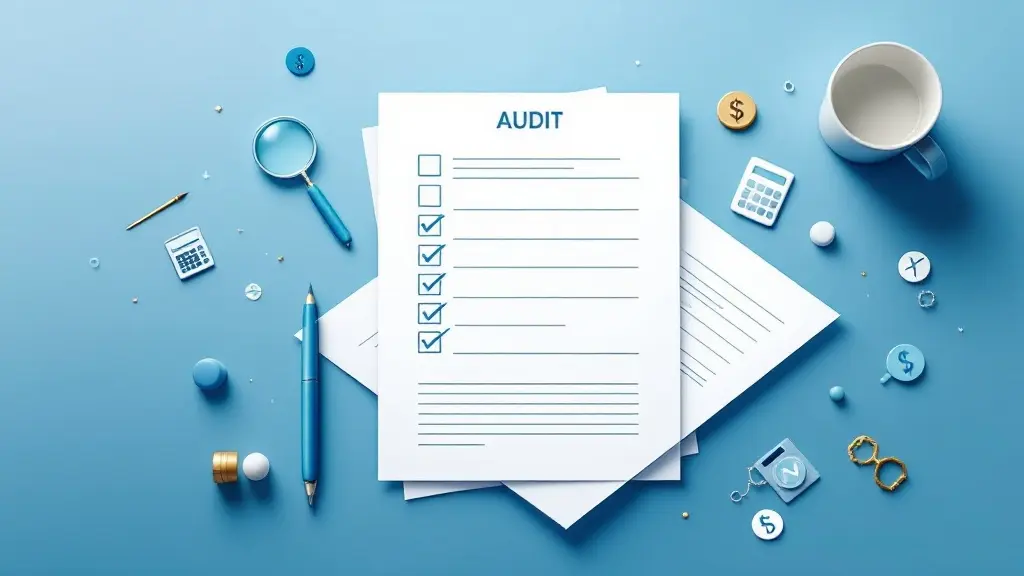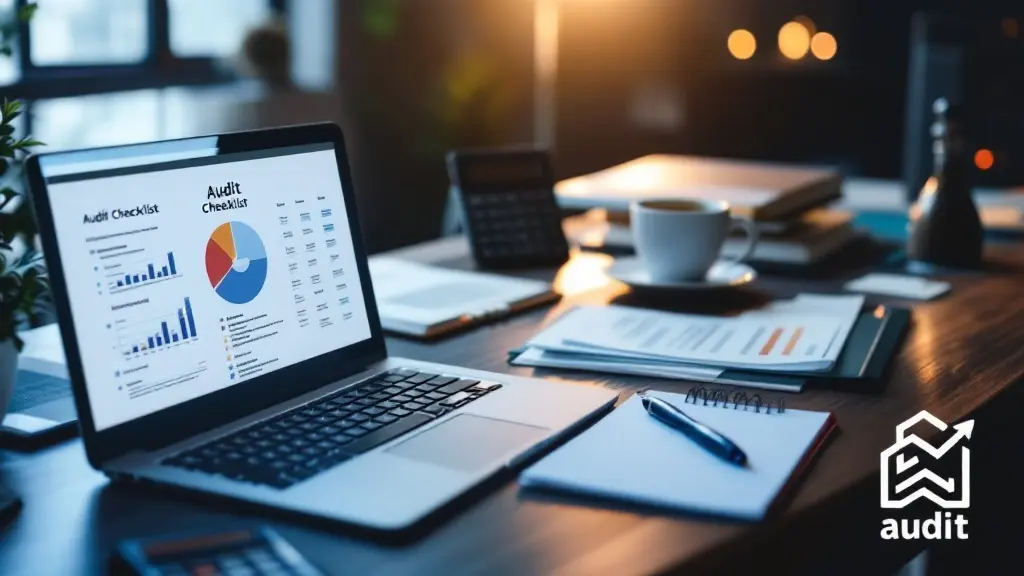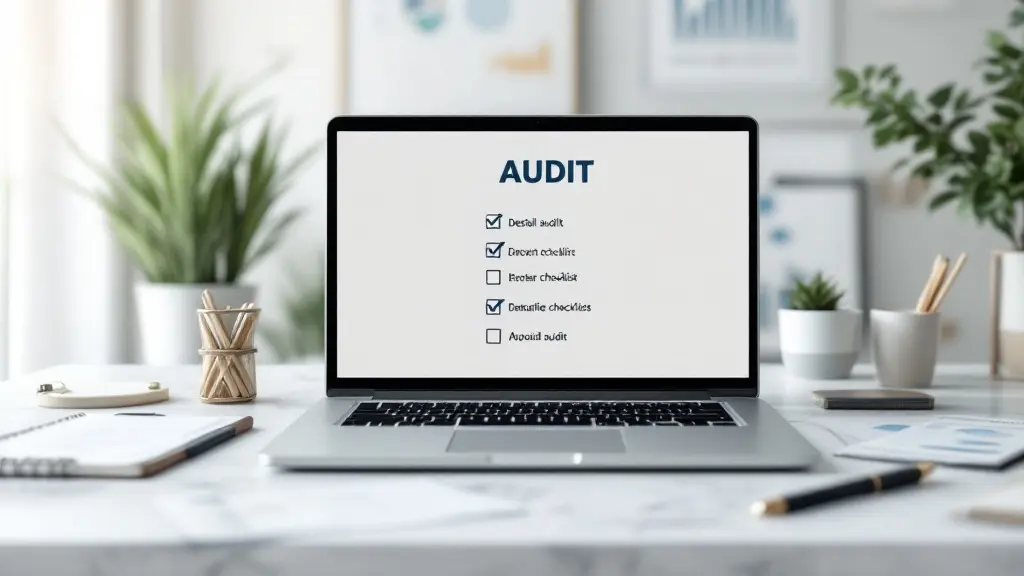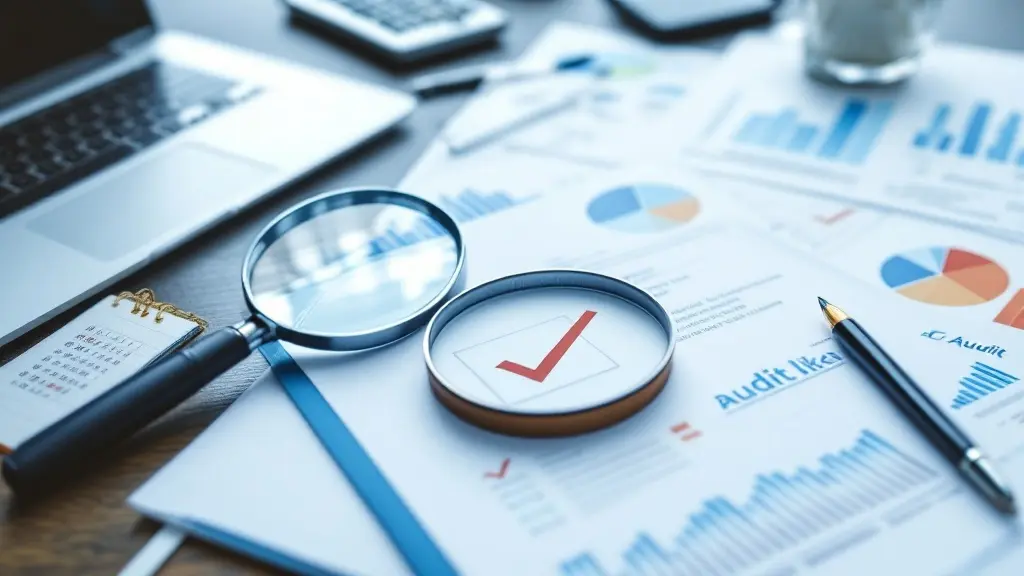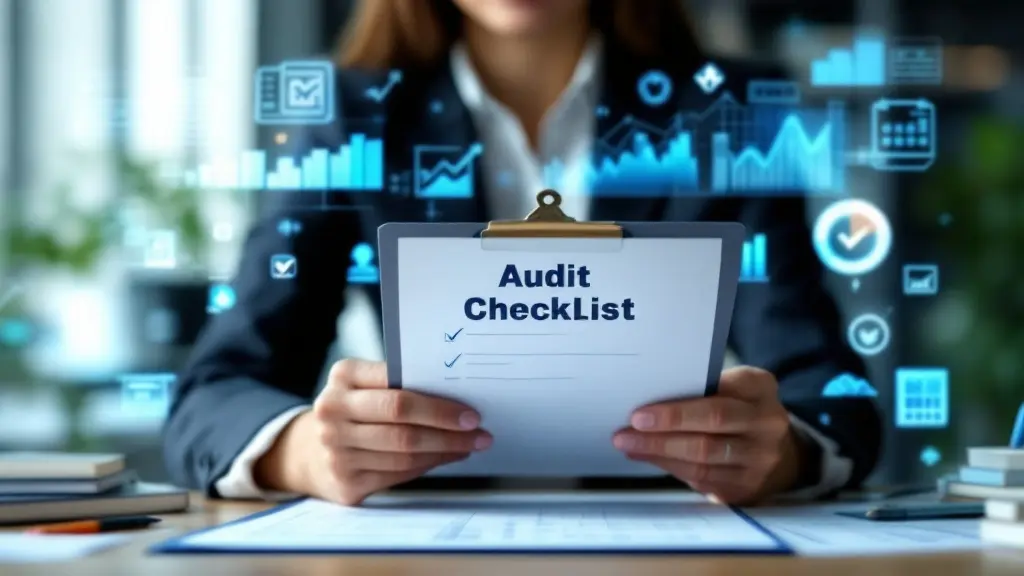Understanding the Assets Equation: The Foundation of Accounting
Table of Contents
Most Read
Introduction: Why the Assets Equation Matters
[fusion_dropcap class="fusion-content-tb-dropcap"]H[/fusion_dropcap]ave you ever wondered how businesses keep track of their financial health? At the heart of accounting lies a simple yet powerful concept called the assets equation. Whether you’re a business owner, student, or just curious about how finances work, understanding this basic equation is essential. It’s the formula that forms the foundation of all financial statements and accounting practices.
In this blog post, we’ll break down the assets equation, explore its components, and show you how it keeps the financial books balanced. Don’t worry—no complex jargon or overwhelming math, just clear explanations and real-world insights.
What is the Assets Equation?
At its core, the assets equation, also known as the accounting equation, is:
Assets = Liabilities + Owner’s Equity
This simple formula helps answer the question: Where does a company’s money come from, and how is it being used?
Let’s look at what each component means:
- Assets: These are the valuable resources a company owns. Think cash, inventory, equipment, buildings, and even accounts receivable (money owed to you).
- Liabilities: These are the debts or obligations the company owes to others. Examples include loans, unpaid bills, and salaries payable.
- Owner’s Equity: This represents the owner’s claims after liabilities are subtracted from assets. It includes retained earnings and invested capital.
Breaking Down the Equation with a Simple Example
Imagine you start a business with ₹1,00,000 of your own money.
- You deposit ₹1,00,000 into the business bank account.
- At this point:
- Assets = ₹1,00,000 (cash)
- Liabilities = ₹0 (no debts yet)
- Owner’s Equity = ₹1,00,000
Let’s apply the equation:
Assets (₹1,00,000) = Liabilities (₹0) + Owner’s Equity (₹1,00,000) ✅
Now, suppose you take a business loan of ₹50,000 and buy equipment worth ₹1,20,000.
- New total assets = ₹1,50,000 (₹30,000 cash left + ₹1,20,000 equipment)
- Liabilities = ₹50,000 (loan)
- Owner’s equity = Still ₹1,00,000 (you haven’t added or withdrawn anything)
Assets (₹1,50,000) = Liabilities (₹50,000) + Equity (₹1,00,000) ✅
As you can see, the equation always balances. That’s the beauty of it!
Why is the Assets Equation So Important in Accounting?
The assets equation is not just a formula—it’s a guiding principle. Here’s why it’s so crucial:
1. It Ensures Balance
The equation must always stay in balance. If it doesn’t, something is wrong—maybe a transaction is missing, misclassified, or incorrect.
2. It Forms the Basis of the Balance Sheet
Your balance sheet is a snapshot of your company’s financial position, and it follows this equation line by line:
- Assets on the left
- Liabilities + Equity on the right
3. It Helps with Financial Decision-Making
When business owners and investors review financial statements, they rely on this equation to understand how well the business is managing resources, debt, and profitability.
Let’s Dive Deeper: What Counts as an Asset, Liability, or Equity?
Here’s a breakdown of typical items under each category.
✅ Assets (Things the business owns)
- Cash
- Accounts receivable
- Inventory
- Machinery and equipment
- Land and buildings
- Prepaid expenses
- Investments
❌ Liabilities (What the business owes)
- Bank loans
- Credit card debt
- Outstanding bills (accounts payable)
- Salaries and wages payable
- Taxes payable
- Mortgage loans
💼 Owner’s Equity (Owner’s share in the business)
- Capital invested
- Retained earnings (profits kept in the business)
- Withdrawals or drawings (money taken out by the owner)
Real-World Applications of the Assets Equation
Let’s say you run a small bakery. You have:
- ₹2,00,000 in baking equipment
- ₹50,000 in raw materials
- ₹25,000 in cash
That’s ₹2,75,000 in assets.
You also owe:
- ₹1,00,000 in a loan
- ₹25,000 to your supplier
That’s ₹1,25,000 in liabilities.
Using the formula:
Assets (₹2,75,000) = Liabilities (₹1,25,000) + Owner’s Equity (₹1,50,000) ✅
This tells you that your own share in the business is ₹1,50,000. It’s a quick and clear way to know your business’s worth!
Common Mistakes and Misconceptions
Understanding the accounting equation is simple, but applying it correctly takes care. Here are some things to watch for:
🚫 Mistake #1: Forgetting to Include All Liabilities
It’s easy to overlook small debts like unpaid utility bills. But even the smallest liabilities must be included to keep your books balanced.
🚫 Mistake #2: Treating Personal and Business Assets as One
Always keep personal finances separate. Mixing them up can distort your equation and affect your financial reports.
🚫 Mistake #3: Ignoring Depreciation
Over time, assets like machinery lose value. This depreciation affects your asset total and must be accounted for in your records.
How the Assets Equation Relates to Double-Entry Bookkeeping
One of the fundamental rules of accounting is double-entry bookkeeping—every transaction affects at least two accounts. The assets equation supports this.
For example:
- When you buy inventory with cash:
- Inventory (asset) increases
- Cash (asset) decreases
- Net effect on assets = 0
- When you take a loan:
- Cash (asset) increases
- Loan payable (liability) increases
This system ensures that every entry maintains the balance of the accounting equation.
Using the Equation for Financial Analysis
Beyond compliance and bookkeeping, the assets equation can help you:
📊 Track Your Financial Health
Are your assets growing faster than your liabilities? That’s a good sign. If your equity is decreasing, it’s time to review your expenses and operations.
🏦 Secure Business Loans
Lenders look at your balance sheet to assess risk. A healthy equation—with high assets and stable equity—makes your business more creditworthy.
💰 Plan for Growth
Understanding how your investments, debts, and profits affect each other can guide smart decisions and sustainable growth.
Conclusion: Mastering the Basics Pays Off
Whether you’re managing a business or learning accounting for the first time, the assets equation is your best friend. It’s the compass that keeps your financial records in check and helps you navigate every business decision with clarity.
Remember:
Assets = Liabilities + Equity — always and forever.
So the next time you check your balance sheet or record a transaction, think of this simple formula. It might be basic, but it’s the backbone of every great financial system.
Quick Recap: Key Takeaways
- The assets equation ensures your finances are always balanced.
- Every transaction affects at least two accounts, maintaining the equation.
- Assets include everything a company owns; liabilities are what it owes.
- Owner’s equity is the residual interest after debts are paid.
- A solid understanding of this equation can improve financial decisions and business health.
Suggested Readings for You
- Understanding Balance Sheets: A Beginner’s Guide
- Top 10 Accounting Terms Every Business Owner Should Know
- Double-Entry Bookkeeping Explained Simply
Need Help Managing Your Business Finances?
At FinTax24, we simplify accounting and compliance for businesses across Gujarat and beyond. From bookkeeping to tax filings and growth consulting—we’ve got your back. Visit www.fintax24.in to learn more or connect with our expert team.
Let me know if you’d like this in a WordPress format or need visuals like infographics or carousel content for Instagram or LinkedIn!

